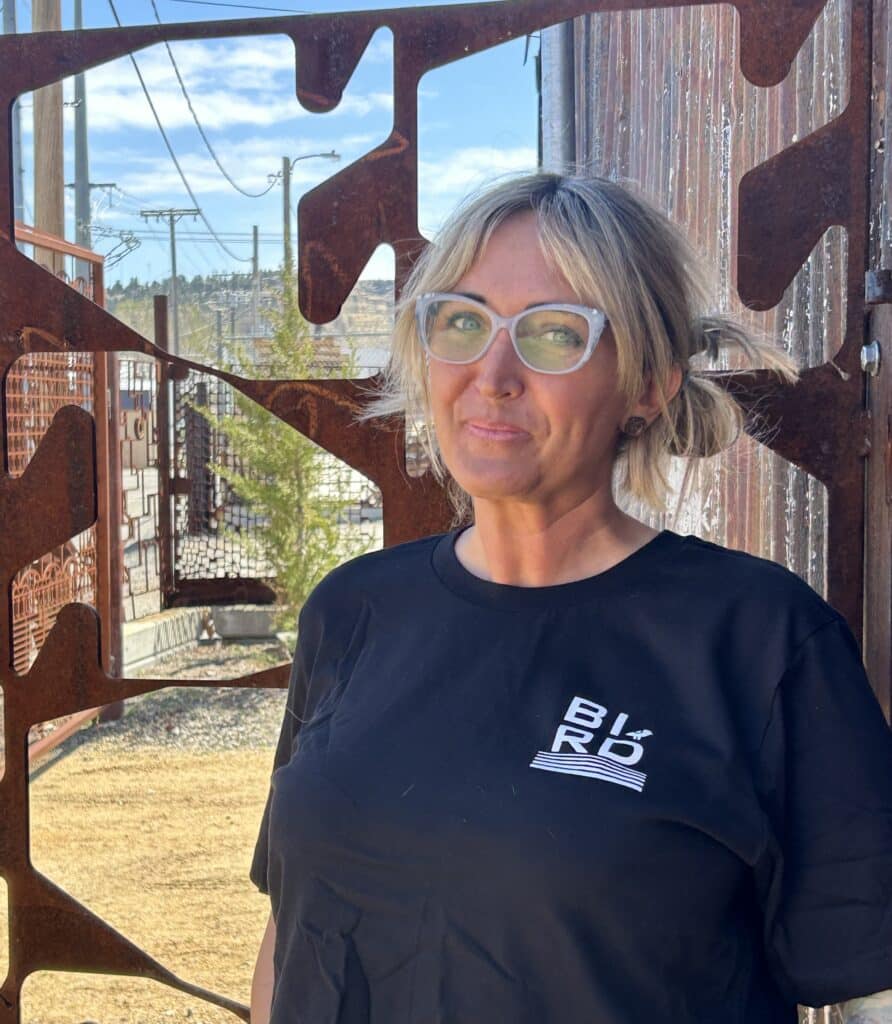Billings Industrial Revitalization District is contracted with the City of Billings to manage the East Billings Urban Renewal District (EBURD) Tax Increment Finance process. It is lead by a local board of directors representing the businesses, property owners in the BIRD.














In 2007, property owners in the the district formed the Billings Industrial Revitalization District (BIRD, Inc.). With the support of those owners, Big Sky Economic Development Authority and the City of Billings established the East Billings Urban Renewal District, and a Tax Increment Finance District was created.
EBURD’s goal was retaining vital businesses and industrial land uses while attracting reinvestment through revitalization efforts. The EBURD was intended to proactively address economic stagnation issues as well as implement the Framework Plan, which identified the area as the “East Transitional Zone” and a logical area for the expansion and continued revival of Downtown Billings.